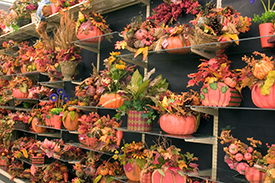With the New Year almost upon us I want to take this opportunity to wish you the very best for the coming year.
I'm looking forward to sleeping in late and kicking back in the easy chair after lunch to enjoy a football game.
I'm looking forward to sleeping in late and kicking back in the easy chair after lunch to enjoy a football game.
Of course I'll be sleeping in late because, just like you, I'll start off the New Year at exactly midnight on New Year's Eve by singing Auld Lang Syne. We'll all be singing it and most of us won't have a clue what the title actually means!
So, just for fun, I looked up the song online to find out its history. I learned that Auld Lang Syne is a traditional Scottish song. The version we know today was written (in part at least) by Robert Burns in the 1700s. The title refers to “old long ago,” or the good old days, as we would say today. I don't want you to stumble around when it comes time to sing it, so I'm passing along to you the lyrics. Have a great New Year's Day and don't forget to break a resolution or two!
Auld Lang Syne
Should auld acquaintance be forgot and never brought to mind?
Should auld acquaintance be forgot and days of auld lang syne?
For auld lang syne, my dear, for auld lang syne,
We'll take a cup of kindness yet,
For auld lang syne.
Should auld acquaintance be forgot and never brought to mind?
Should auld acquaintance be forgot and days of auld lang syne?
And here's a hand, my trusty friend , and gie's a hand o' thine,
We'll tak' a cup o' kindness yet,
For auld lang syne.




















